The Rare Disease in a Town Where 'Everyone Is a Cousin'
Before geneticist Silvana Santos arrived in Serrinha dos Pintos, no one knew why so many children lost the ability to walk. Her discovery changed everything.Deep in Brazil's northeast lies Serrinha dos Pintos, a town of fewer than 5,000 people. There, biologist and geneticist Silvana Santos identified and named a previously unknown neurological disorder: Spoan syndrome.
Caused by a rare genetic mutation, Spoan syndrome weakens the nervous system over time, gradually stripping patients of mobility. The disease only manifests when a child inherits the altered gene from both parents—something made more likely in close-knit communities like Serrinha, where intermarriage among relatives is common.
Before Santos's arrival over two decades ago, families had no answers. Children were losing the ability to walk, often ending up in wheelchairs without any explanation. Today, residents speak openly about genetics and the syndrome that once haunted them in silence.
“She gave us a diagnosis we never had,” says Marquinhos, a patient living with Spoan. “After the research, help came—people, funding, wheelchairs.”
A Town Set Apart
Santos, originally from São Paulo, first heard about Serrinha through her neighbors—many of whom had migrated from the small town and were cousins or married to cousins. They described a mysterious condition back home that left children unable to walk.
One neighbor’s daughter, Zirlândia, showed early symptoms: uncontrolled eye movements followed by progressive loss of strength. She eventually needed a wheelchair and full-time care.
Curious and concerned, Santos visited Serrinha on holiday. She recalls stepping into “a world of its own,” where lush mountains surrounded a town with its own social norms—including a striking prevalence of cousin marriages.
Due to the town’s isolation and limited migration, a large portion of the population is interrelated. A 2010 study led by Santos found that over 30% of couples were related, and of those, one-third had at least one child with a disability.
While cousin marriages are not rare globally—rates exceed 50% in some countries—in Brazil, they're uncommon, averaging between 1–4%. Still, genetics experts note that children of cousins face a higher risk of inheriting harmful recessive mutations: the chance of a serious disorder rises from 2–3% in unrelated couples to 5–6% for cousins.
Discovering Spoan
Driven by the mystery and the urgency of the community’s suffering, Santos launched a full-scale investigation. What began as a planned three-month study became years of commitment, countless interviews, and thousands of miles traveled.
Santos collected DNA samples door-to-door, sharing coffee and family stories while piecing together the genetic puzzle. In 2005, her team finally published the groundbreaking study identifying Spoan syndrome.
They discovered a genetic deletion that causes a specific gene to overproduce a protein in brain cells, disrupting nervous system function. The mutation had likely existed for centuries, long before the townspeople began attributing it to family legends.
“They said it came from Maximiano, a womaniser in our family,” laughs 83-year-old farmer Lolô, whose daughter Rejane has the condition. But the gene’s origins trace back even further.
Genetic sequencing pointed to strong European ancestry, aligning with historical records of Portuguese, Dutch, and Sephardic Jewish settlers in Brazil’s northeast. Later, two unrelated Spoan cases were found in Egypt—also of European descent—suggesting a shared origin from the Iberian Peninsula, possibly carried by Jewish or Moorish refugees fleeing the Inquisition.
Living With Spoan
Although a cure remains out of reach, diagnosis has made a tangible difference. Knowledge brought resources: wheelchairs, mobility aids, and greater understanding. Where patients were once dismissed as “cripples,” they're now recognized as individuals with Spoan.
As the disease progresses, mobility and speech gradually deteriorate. Most patients lose independence by age 50. Chiquinho, 59, can no longer speak; his brother Marquinhos, 46, communicates with difficulty. Their mother, Inés, married her second cousin. “It’s hard having a special child,” she says. “We love them the same, but we suffer for them.”
Their niece, Larissa Queiroz, 25, also married a distant relative. The couple only learned they shared a common ancestor after dating for months. “In Serrinha dos Pintos, we’re all cousins,” she says. “We’re related to everyone.”
Looking Ahead
Santos’s work continues. She now leads a new project supported by Brazil’s Ministry of Health, aiming to screen 5,000 couples across the region for genes linked to serious recessive conditions. The goal is education, not prevention: helping couples understand their risks before starting a family.
Now a university professor, Santos also runs a genetics education center and advocates for expanded genetic testing in Brazil’s northeast. Though she no longer lives in Serrinha dos Pintos, her bond with the town is unbreakable.
“Every time she visits, it’s like family coming home,” says Inés.

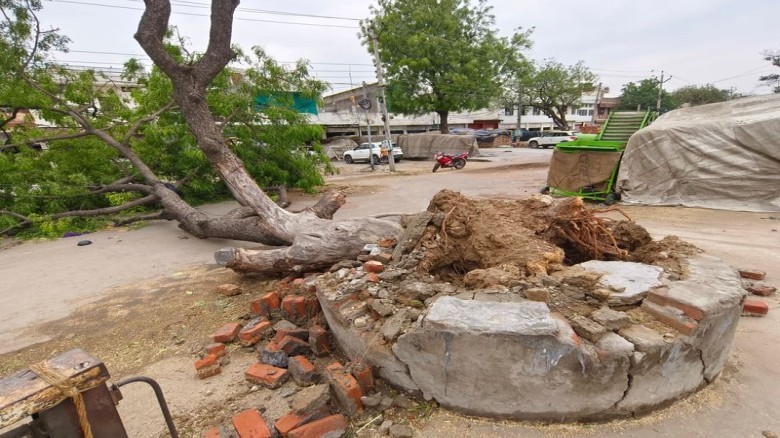
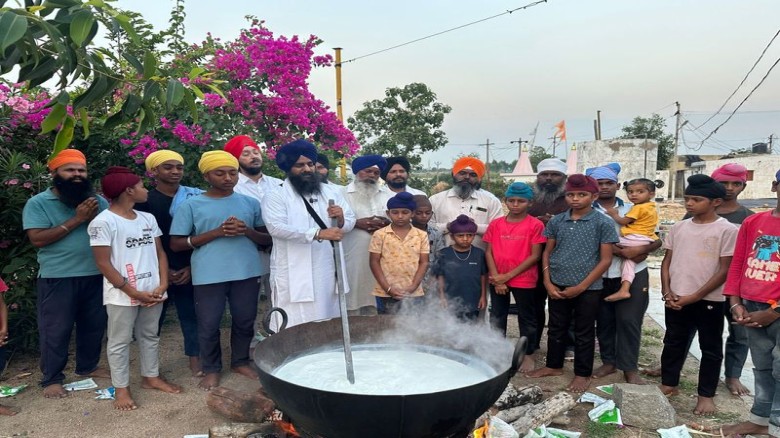


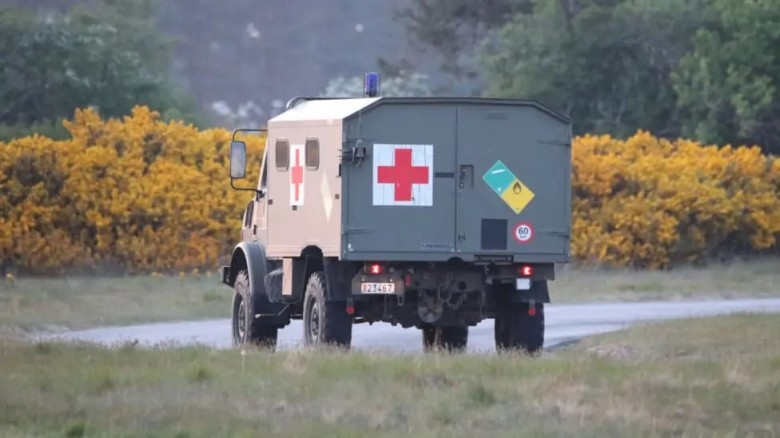







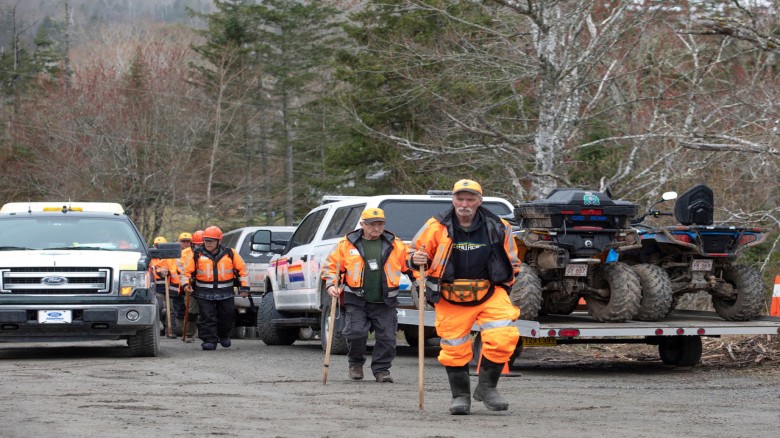



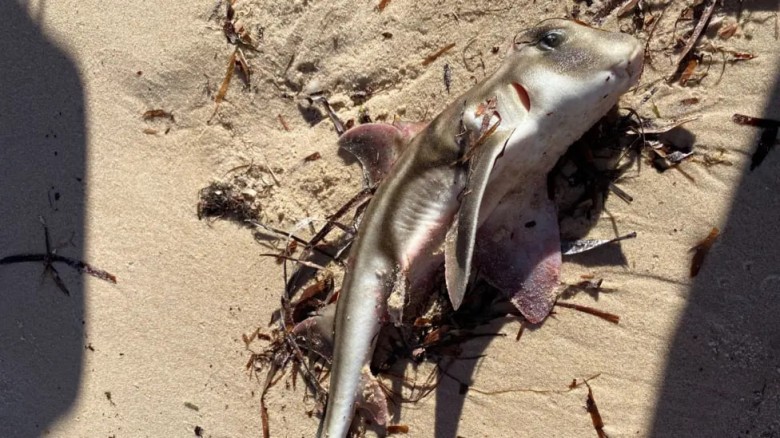

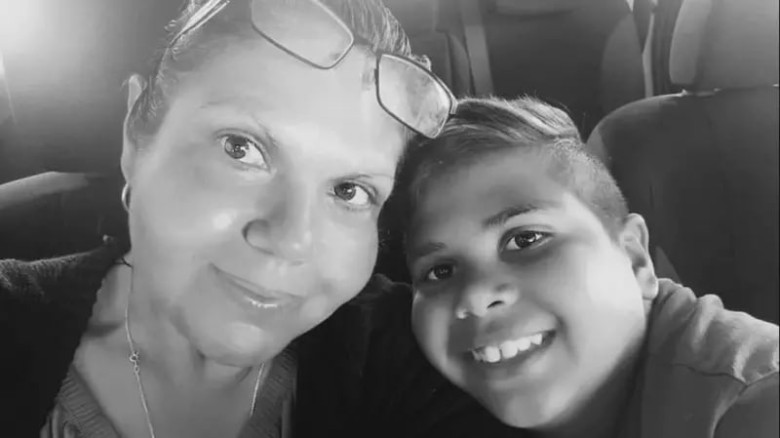
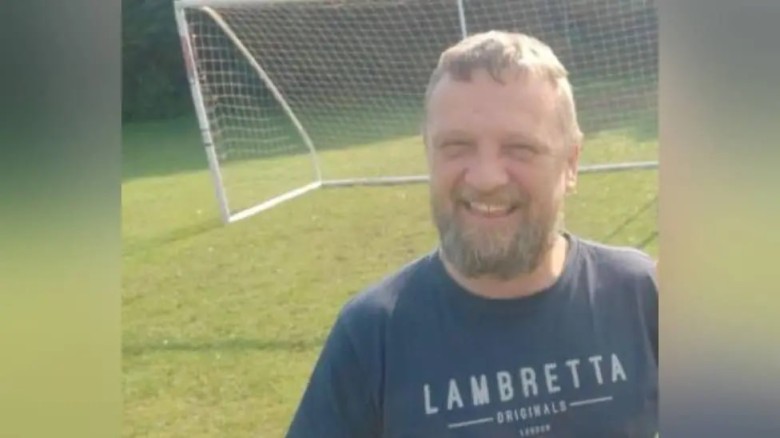





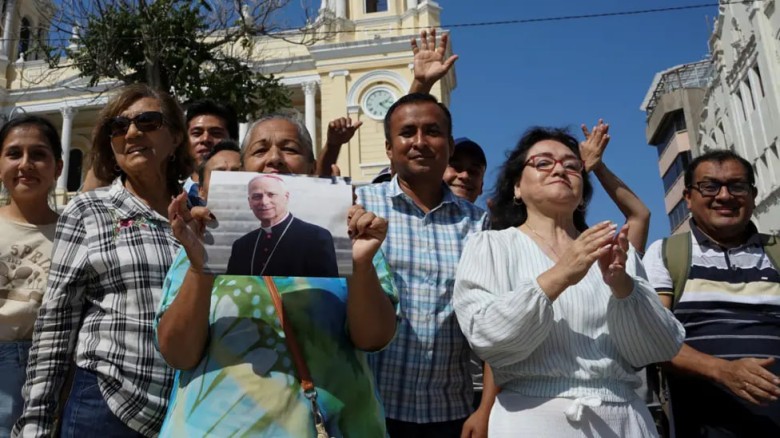
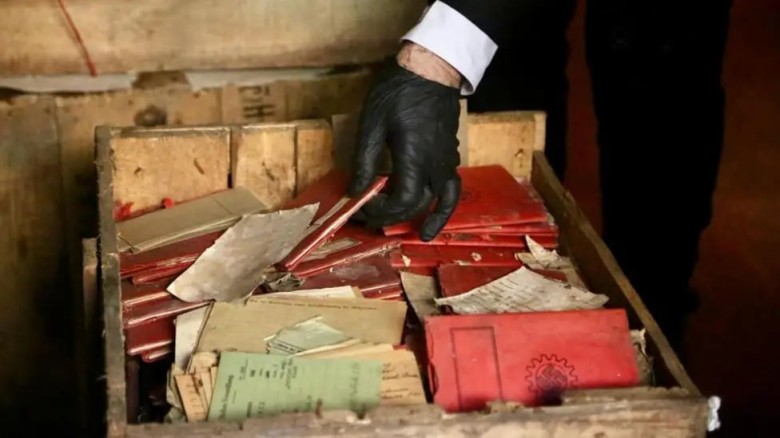
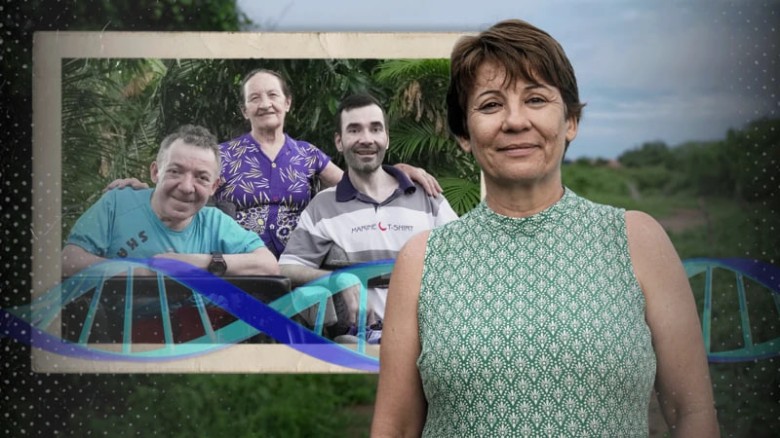



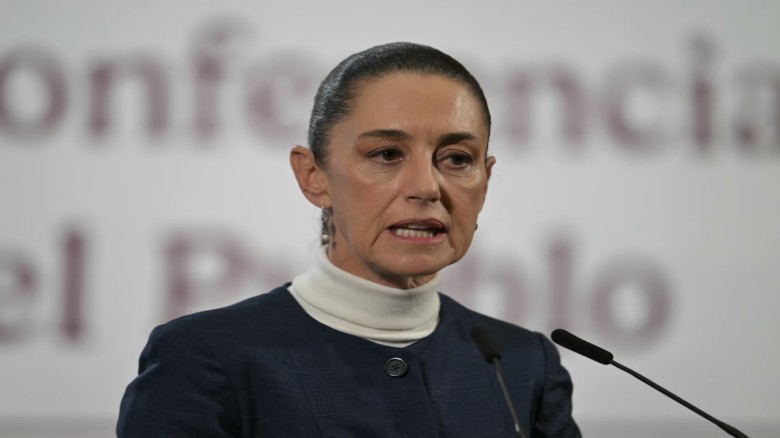


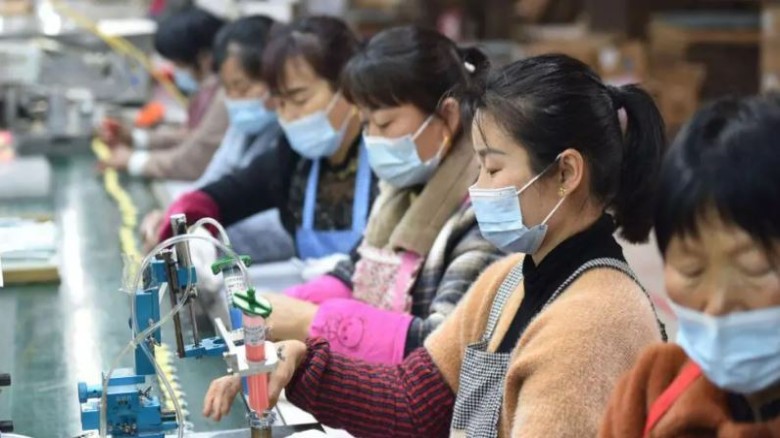



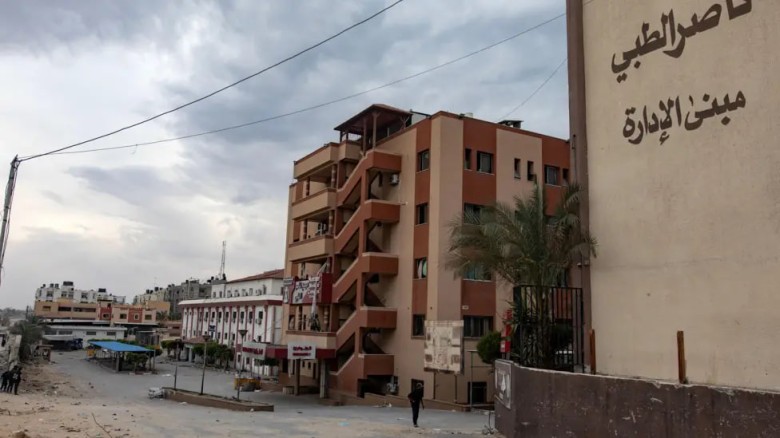
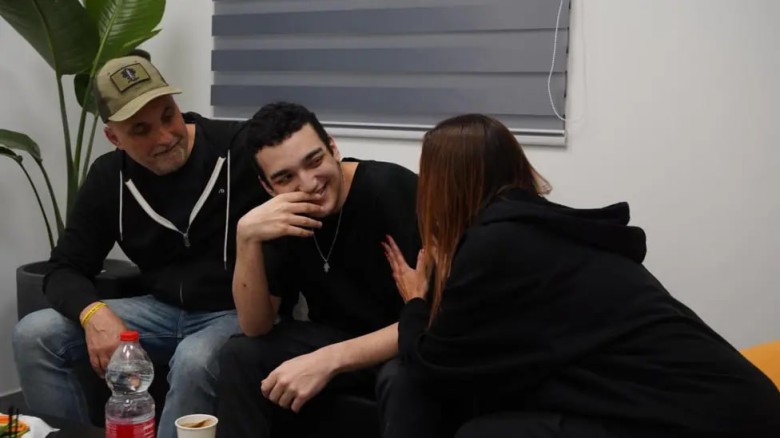















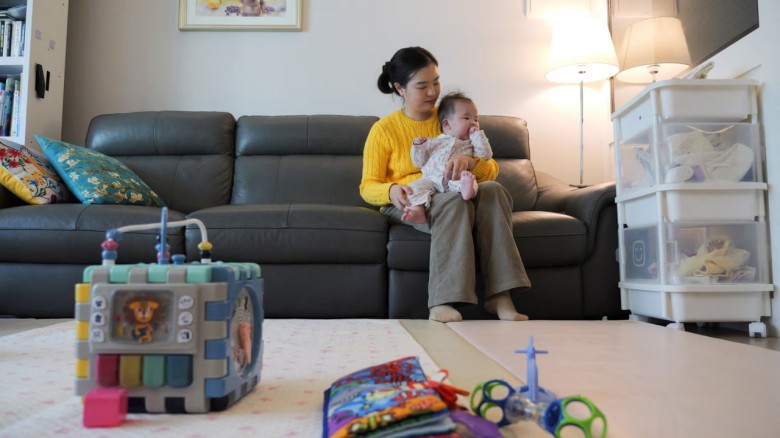












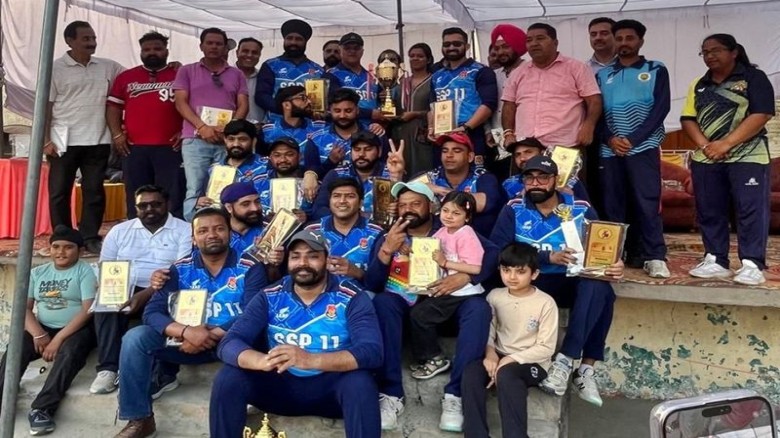


Leave A Comment